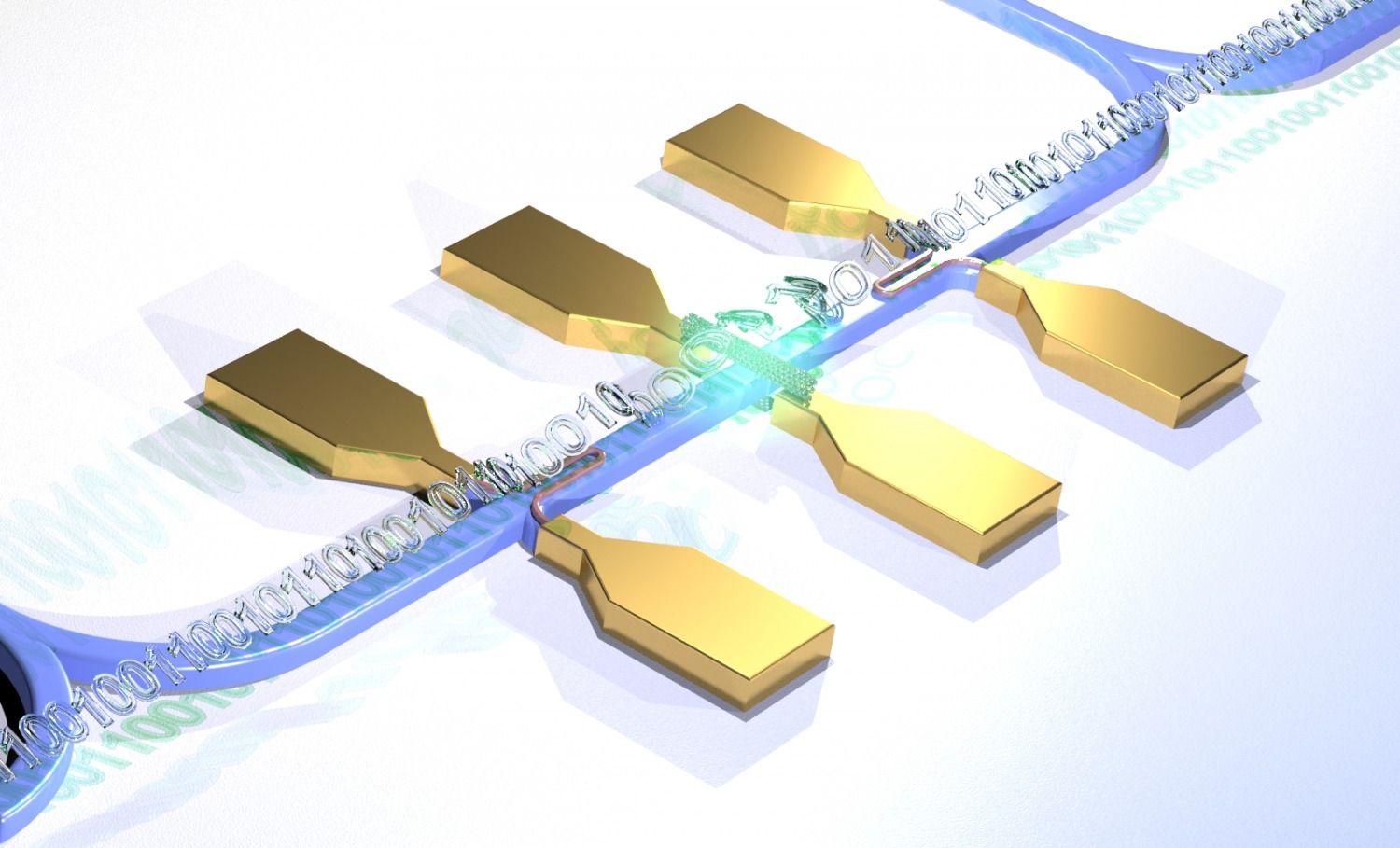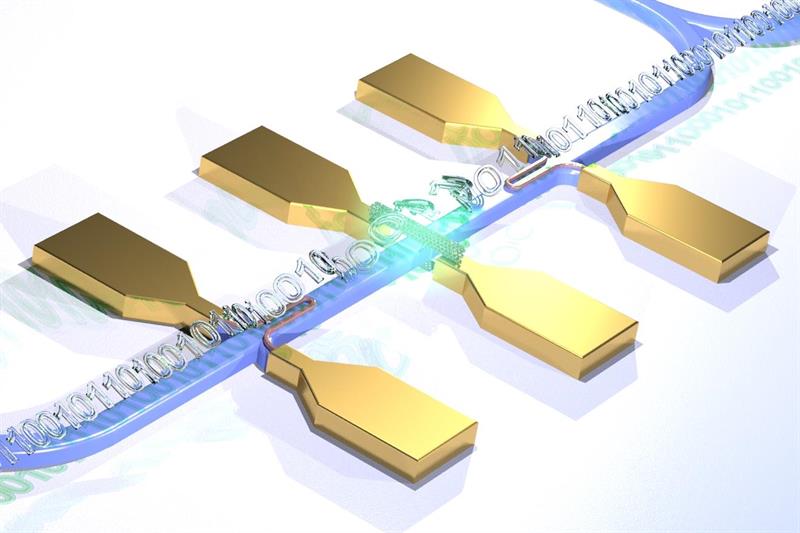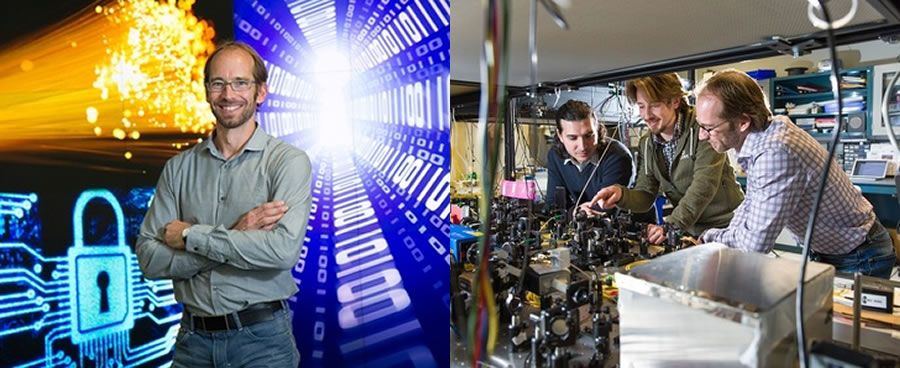When the computer is addressed in many science fiction shows, it often replies in a female-coded voice. From Majel Roddenberry’s Federation computer voice in the Star Trek series to the sentient ship AIs in Andromeda, Killjoys, Dark Matter, Outlaw Star, and Mass Effect, artificial intelligence has been a science fiction regular since at least the 1960’s. There are male-coded AIs as well—J.A.R.V.I.S., Hal, that weird Haley Joel Osment-bot from A.I.—but women have been part of humanity’s relationship with electric computers since the very beginning.
Jennifer S. Light’s article “When Computers Were Women” discusses the ENIAC (Electronic Numerical Integrator and Computer) project during World War II, and how the people doing the actual computational tasks were a group of civilian and military women. The women were actually the “computers,” and were creating a machine that would someday replace them. The concept of the women as the actual computers made me think about how many artificial intelligences, whether in android form or integrated into actual ships, are coded female.
Light’s article also pointed out that history buried these early female computers. Their work was made light of, devalued, and all credit was given to the male inventors of ENIAC, reducing them practically to “ghost in the machine” status. This is where my mind made the connection. So many computer and AI characters are coded female because even layers of sexism and inequality still can’t erase the connection between the first “computers” being women and the task of computing. You can take the woman out of the workplace, but you can’t take the woman out of the machine she helped create.
Read more









